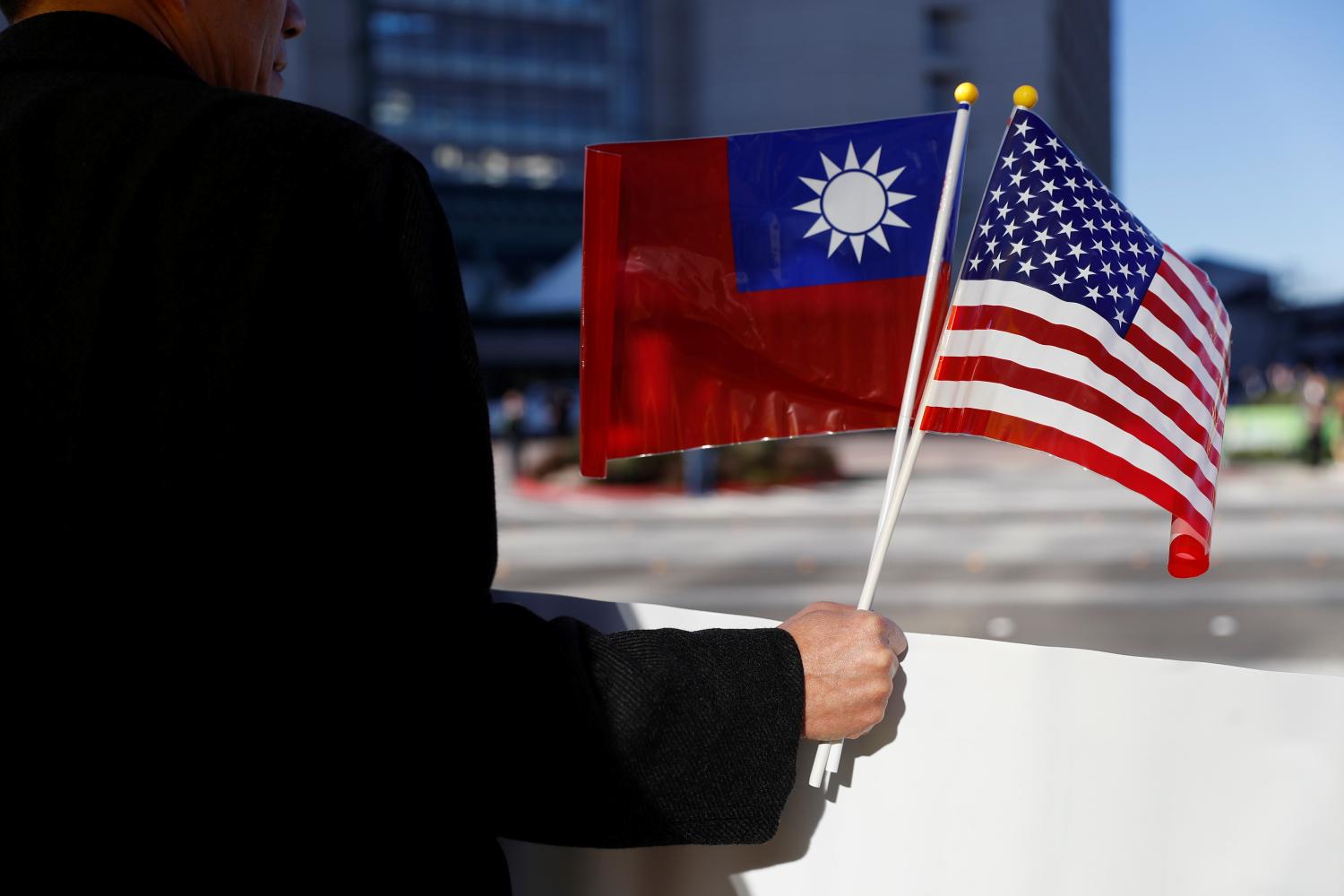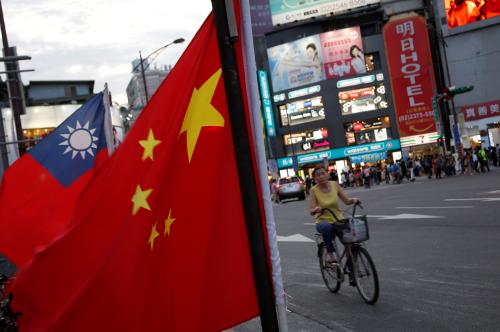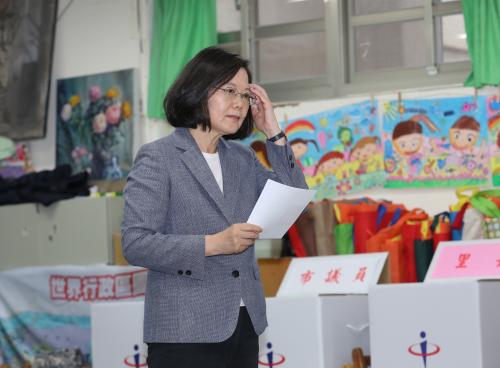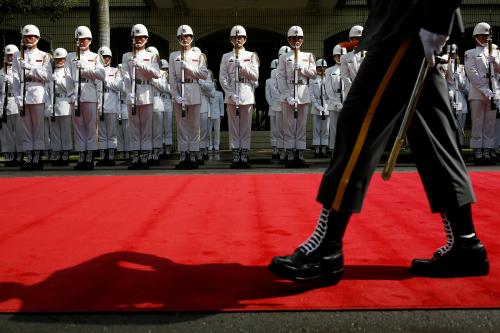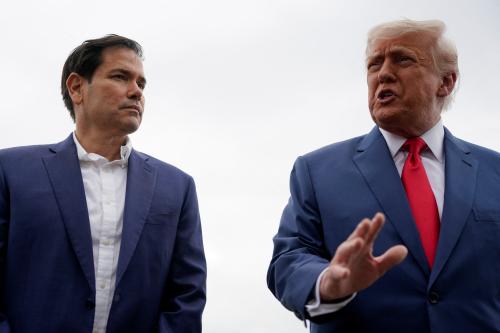Taiwan was the key issue that the United States and China had to address before the diplomatic relations in 1979. In this paper, Richard C. Bush reviews the 40-year history of U.S.-Taiwan relations and the normalization of U.S.-China Relations. This piece was originally published by The Carter Center.
Executive Summary
Taiwan was the key issue that the United States and China had to address before the diplomatic relations in 1979. After intense negotiations, the Carter administration recognized the People’s Republic of China as the sole legal government of China, confirming Beijing’s role in international organizations. Washington also pledged to conduct relations with Taiwan on an unofficial basis. There were other issues like arms sales that the United States declined to resolve to Beijing’s satisfaction, treating them with ambiguously at best. Both the administration and Congress, through the Taiwan Relations Act, set new principles for U.S. policy.
China believed that the end of Taiwan’s formal relationship with the United States would create better conditions for resolving its differences with Taiwan, and on its terms. It proposed the “one country, two systems” for bringing about the unification of the two sides of the Taiwan Strait. Yet this aspiration was stymied by Taiwan’s transition to democracy, which began in 1986 and was completed by 1994, with two results. First of all, the Taiwan public gained the ability to constrain the government in any negotiations that it undertook with Beijing. Second, democratization allowed a proliferation of ideas on Taiwan’s relationship with China, including the idea that Taiwan should be a completely independent country. This was a source of great alarm to Beijing, because it was contrary to the unification goal, and a matter of concern to the United States, whose abiding interest was the maintenance of peace and stability. That two Taiwan presidents, Lee Teng-hui and Chen Shui-bian, exploited Taiwan nationalism for political purposes, creating tensions in the process.
Since 2008, even as Taiwan’s relationship with China has remained a highly salient, political issue, both Presidents Ma Ying-jeou and Tsai Ing-wen have clarified explicitly what had been implicit in the previous three presidential elections – that Taiwan voters would not support a candidate who openly advocated independence and that they preferred a leader who would credibly seek to capture the benefits for Taiwan of constructive cross-Strait relations (particularly in the economic realm), maintain good relations with the United States, and simultaneously resist any outcome with Beijing that did not enjoy broad public support.
That equilibrium point has rendered China’s one country, two systems formula as unpopular as it has ever been. By implication, Fourth, therefore, if Beijing wishes to promote its cause of unification without coercion or violence, it will have to offer a new formula for resolving the fundamental cross-Strait dispute that is more responsive to Taiwanese aspirations and concerns.
The Brookings Institution is committed to quality, independence, and impact.
We are supported by a diverse array of funders. In line with our values and policies, each Brookings publication represents the sole views of its author(s).


